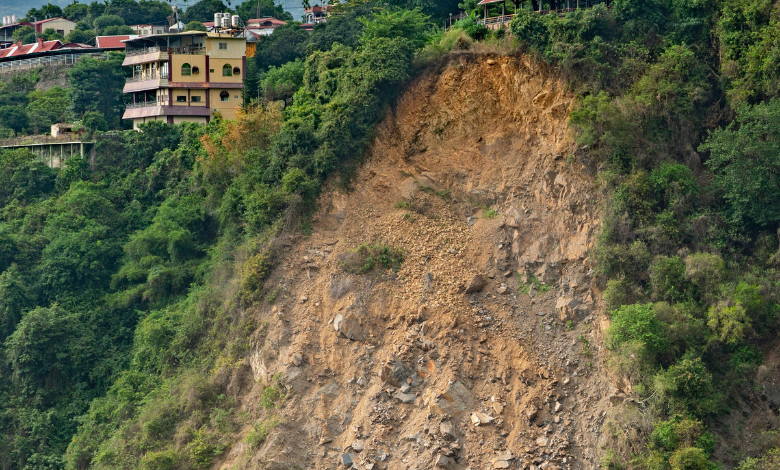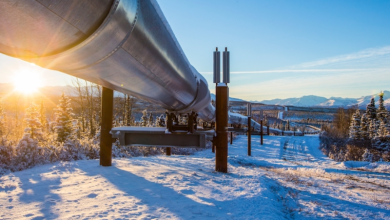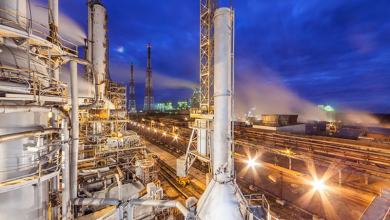Dozens feared dead in Papua New Guinea landslide: Is climate change to blame?

A massive landslide buried more than 100 homes in Papua New Guinea after it struck six remote villages at around 03:00 local time on Friday in the highlands of Enga, north of the island nation. It is feared to have killed many, as per local officials and aid agencies.
Prime Minister James Marape said his government has dispatched disaster officials to the landslide site to “start relief work, recovery of bodies, and reconstruction of infrastructure.” Reports suggest that rescuers are having a hard time sifting through the rubble.
Papua New Guinea landslide: “unprecedented” disaster
Enga governor Peter Ipatas has described the landslide as an “unprecedented natural disaster”. It was not immediately clear the exact number of people trapped in the debris and no casualties have been officially confirmed, reported the BBC.
Several images from the disaster zone has been uploaded on social media. Some show several people climbing onto fallen boulders to survey the damage. In some images, a number of houses appear to have collapsed and trees uprooted.
Enga is more than 600 km by road from capital Port Moresby. A spokesperson from the country’s Red Cross Society noted that an emergency response team made up of officials from the provincial governor’s office, police, defence forces and NGOs has deployed to the site.

Is climate change to blame?
Let’s take an example of the Himalayas. Climate change is making cloudbursts and other forms of heavy precipitation more intense and more frequent in these fragile areas, making the hilly slopes saturated more frequently, and thus unstable.
Landslides are already happening extensively across the Himalayas. Climate change is here only to exacerbate the situation further. Last year, the northern Indian state of Himachal Pradesh’s authorities said by the end of August, heavy rain and landslides had caused 509 fatalities.
Preventing heavy rainfall-trigerred landslides
The level of damage to buildings, roads and bridges is difficult to comprehend. But though climate change could be blamed for the rise in cloudbursts, rainfall alone should not cause disastrous landslides. Human actions have made the Himalayas more vulnerable.
The region has largely been deforested, removing tree roots that reinforce the ground and form a vital barrier to stop soils washing away. Furthermore, unplanned developments and haphazard construction activities have added more destabilisation.
One obvious solution is to prevent rain from getting into the ground. But it would then cause water to run off the surface and trigger greater flooding downhill. One engineering solution is to place an artificial soil layer above the natural soil to temporarily hold water in the surface.



